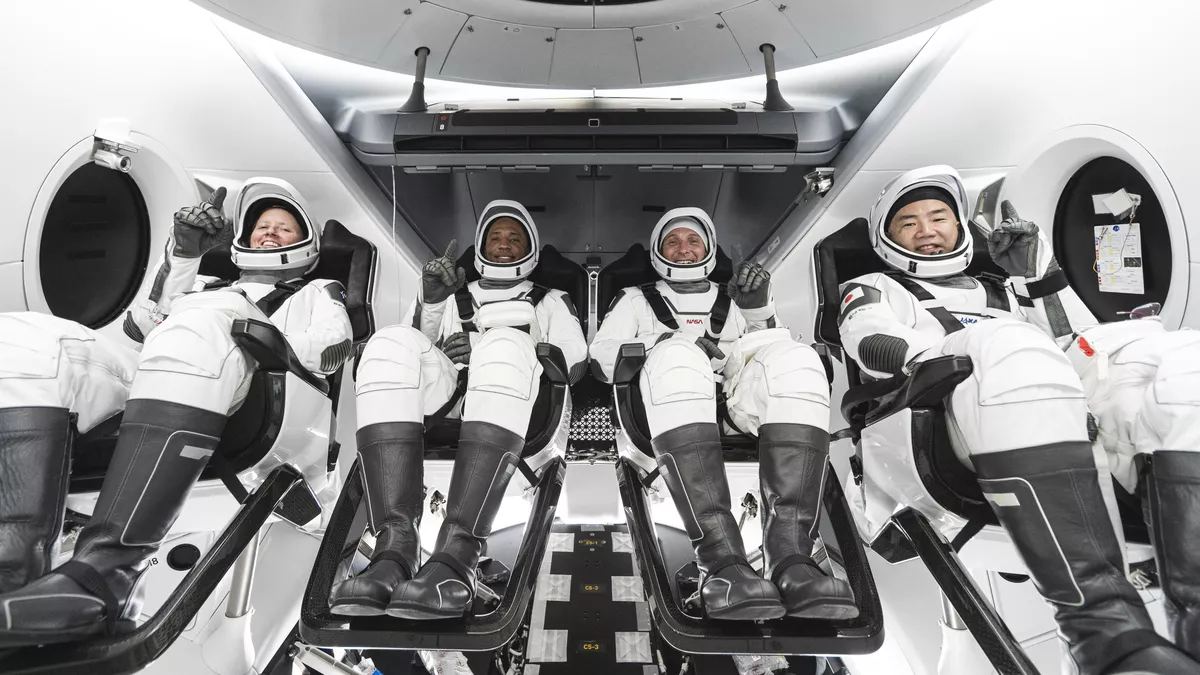Earlier this evening (Sunday, November 15th, 2020), NASA and SpaceX achieved another historical milestone. Six months after successfully sending astronauts Robert Behnken and Douglas Hurley to the ISS with the Demo-2 mission, the US demonstrated the restoration of domestic launch capability by sending the fully-crewed Crew Dragon spacecraft (Resilience) on an operational mission to the ISS.
Continue reading “SpaceX’s Resilience Spacecraft has Lifted Off and is Headed for the ISS!”The Oxygen Supply has Failed in the Russian Zvezda Module of the ISS. Don’t Worry, the Astronauts aren’t in Danger, but the Station is Showing its Age
In November of 1998, the first modules of the International Space Station (ISS) were launched into orbit, and the first crew arrived almost two years later. With almost twenty years of hosting astronauts from all over the world, the ISS holds the record for the longest continuous human presence in Low Earth Orbit (LEO). After all that time, the ISS is beginning to show the signs of age.
Back in August, the ISS crew reported there was a leak in the Zvezda module. By Sept. 29th, Roscosmos announced that the crew had found the source of the leak, but determined it was worse than previously thought. In the latest news, Roscomos announced on Wednesday (Oct. 14th) that the oxygen supply system has failed on a Russian segment of the ISS, but reassured everyone that the crew are not in danger.
Continue reading “The Oxygen Supply has Failed in the Russian Zvezda Module of the ISS. Don’t Worry, the Astronauts aren’t in Danger, but the Station is Showing its Age”The Air Leak on the International Space Station is Worse Than Previously Believed
On Tuesday, Sept. 29th, the Russian State Space Corporation (Roscosmos) announced that astronauts aboard the International Space Station (ISS) had found the source of a suspected leak. The crew of Expedition 63 – NASA astronaut and Commander Chris Cassidy and Russian cosmonauts Anatoly Ivanishin and Ivan Vagner – had been searching for this leak since August, and determined that it was “beyond expected levels.”
Roscosmos also said in a statement that “it was established that the spot is located in the Zvezda (star) service module, which contains scientific equipment.” They also emphasized that the leak “is not dangerous for the life and health of the ISS crew and does not prevent the ISS continuing manned flight.” Nevertheless, the amount of atmosphere lost may require additional oxygen to be pumped into the station.
Continue reading “The Air Leak on the International Space Station is Worse Than Previously Believed”

